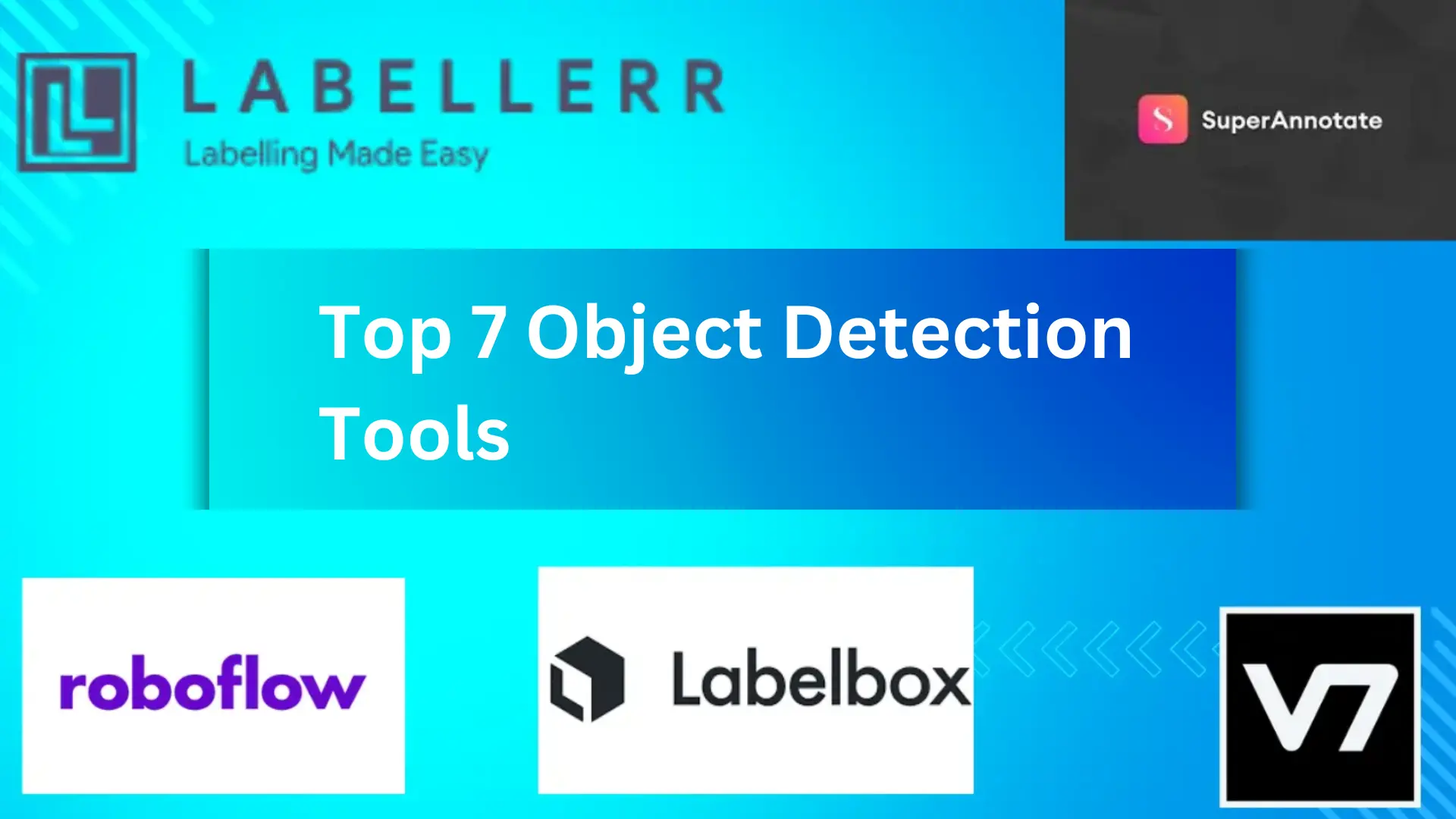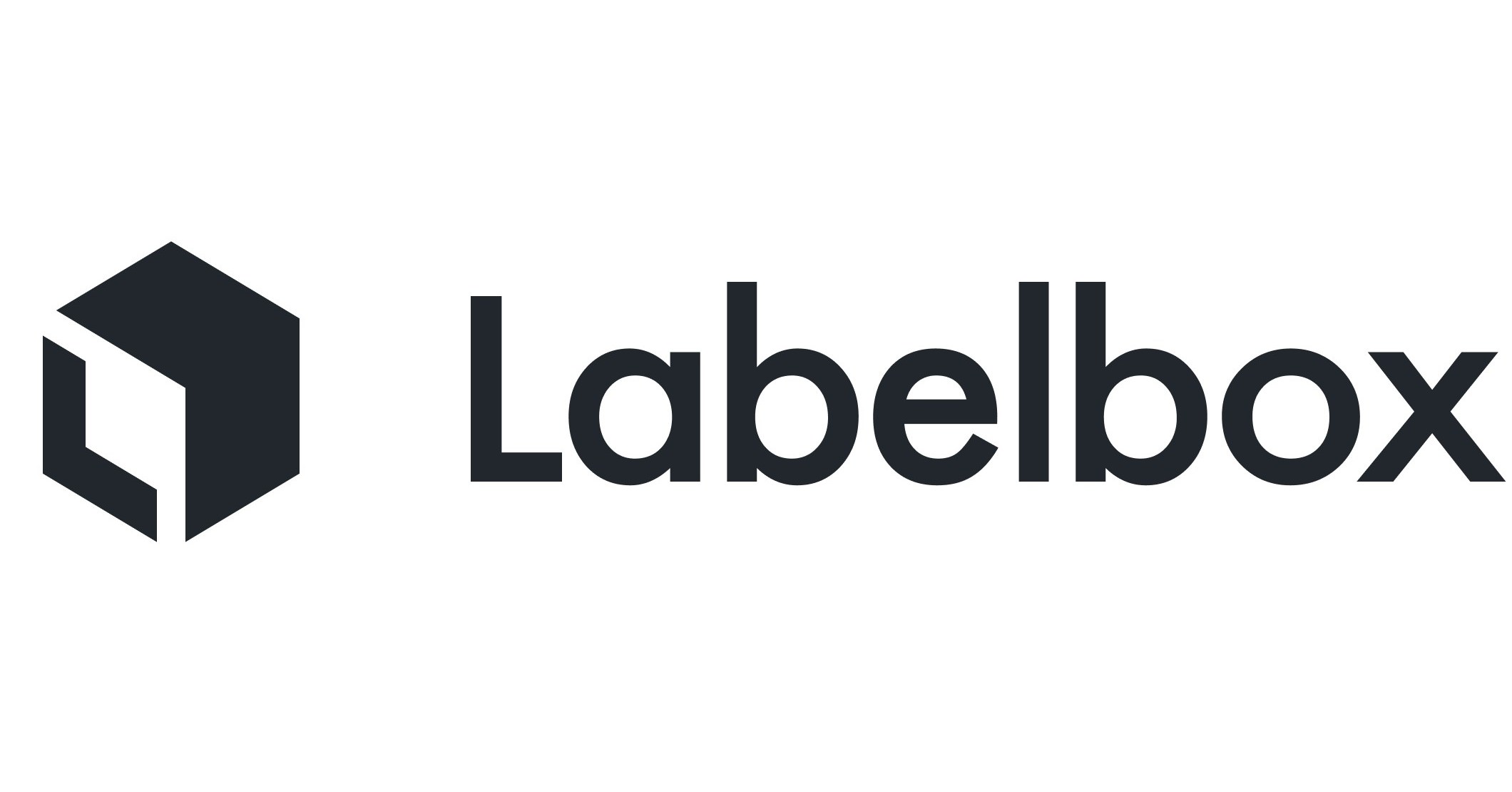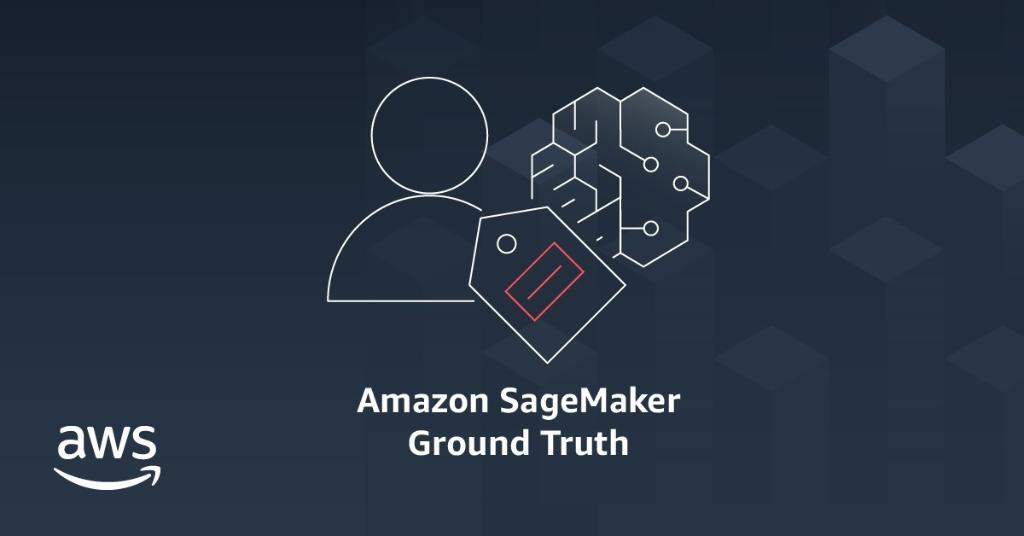7 Best Object Detection Tools For Computer Vision in 2025
In 2025, top object detection tools include Labellerr, SuperAnnotate, Labelbox, CVAT, Amazon SageMaker Ground Truth, and V7 Labs. These platforms offer various annotation types like bounding boxes and segmentation, advanced automation, and integration with machine learning models.

Object detection is a critical task in computer vision that involves identifying and locating objects within images or videos.
This technology is widely used in various applications, including autonomous vehicles, surveillance, medical imaging, and robotics.
As the demand for intelligent systems grows, a variety of tools and platforms have emerged to facilitate object detection, offering developers and researchers the ability to build models with ease.
In this blog, we'll explore some of the top object detection tools and platforms available today.
Whether you're a seasoned data scientist, a machine learning enthusiast, or a developer exploring computer vision, these tools can help you use the power of object detection for your projects.
Let's dive in and discover the best solutions to meet your needs in this rapidly evolving field.
Table of Contents
- Features to Look in Object Detection Tools
- Labellerr
- SuperAnnotate
- Labelbox
- CVAT
- Amazon SageMaker Ground Truth
- V7 Labs
- Roboflow
- Conclusion
- Frequently Asked Questions
Real-time object detection algorithms are essential for applications requiring immediate responses, such as autonomous driving, surveillance, and robotics. These algorithms balance speed and accuracy to detect objects instantly in live video streams.
Labellerr gives precise, annotated datasets. Our platform offers detailed bounding boxes, segmentation, and keypoint annotations, ensuring your training data is of the highest quality. With customizable workflows and quality checks, Labellerr accelerates your development of fast and accurate real-time detection models.
Choosing the right annotation partner is crucial for maximizing the potential of real-time algorithms. Labellerr.com’s expertise in managing complex datasets ensures your models receive the best training data for improved inference speed and accuracy in live environments.
Features to Look in Object Detection Tools
There are a number of important factors to consider when comparing object detection tools . The following are some crucial qualities to consider:
1. Accuracy and Quality
Ensure that the tools has a solid track record for producing accurate and high-quality annotations. Check their history, client testimonials, and any credentials they might have.
2. Annotation Capabilities
Check to see if the supplier delivers the particular sorts of annotation you need. Examples include instance segmentation, bounding box annotation, semantic segmentation, object identification, picture classification, and keypoint annotation.
3. Scalability
Evaluate the supplier's capacity for managing significant annotation projects. In order to be sure they can handle your volume and deadlines, consider their infrastructure, labor capacity, and project management skills.
4. Annotation Tools and Technology
Consider the provider's utilization of these resources. Search for cutting-edge algorithms, machine learning methods, and automation features that can improve annotation precision and speed.
5. Data Security and Confidentiality
Verify that the supplier has effective security measures in place to safeguard your data and uphold confidentiality. Data Security and Confidentiality. Secure data transmission methods, encryption, access restrictions, and adherence to pertinent data protection laws are all included in this.
6. Customization and Flexibility
Assess the provider's flexibility and ability to customize their services to your unique needs. Custom annotation rules, annotation formats, and other unique requirements you might have ought to be supported by them.
7. Turnaround Time
Consider the provider's capacity to supply annotated data within the periods you want. Keep an eye out for things like their typical turnaround time, capacity for handling rush orders, and communication responsiveness.
8. Pricing and cost-effectiveness
Evaluate the pricing plans of various suppliers to make sure they fit within your spending limit. Consider the trade-off between price and quality, and seek vendors that can deliver accurate information at a reasonable price.
9. Domain Knowledge
Look for suppliers with experience and knowledge in your particular business or domain, such as autonomous vehicles or medical imaging, if your annotation needs are specialized in that area. They'll be more knowledgeable about your particular needs.
10. Customer Support and Communication
Consider how well the supplier supported and communicated with customers during the annotating process. Make sure they are accessible, have a specific point of contact, and are eager to respond to any queries or problems you may have.
By considering these aspects, You can choose an object detection tool that best suits your unique demands and objectives.
Here is the List:
1. Labellerr

Labellerr is a data annotation service designed to assist machine learning and AI companies label their data efficiently. Data annotation involves labeling or tagging data to make it understandable for machines.
Labellerr offers customizable data annotation solutions designed to accelerate object detection model development with high accuracy and quick turnaround times. Explore our flexible pricing plans and request a free demo today to see how we can support your AI Project.
2. SuperAnnotate

SuperAnnotate is a widely used data annotation platform designed to facilitate and streamline the process of labeling and annotating various data types for machine learning and computer vision projects.
SuperAnnotate offers a user-friendly interface equipped with advanced annotation tools to assist users in labeling diverse datasets, including images, videos, and 3D point clouds.
The platform supports various annotation types such as bounding boxes, polygons, keypoints, semantic segmentation, and instance segmentation, catering to the specific needs of different computer vision tasks.
3. Labelbox

Labelbox is an image annotation platform that offers end-to-end labeling solutions for machine learning tasks.
They offer a range of annotation options, including bounding boxes, polygons, and segmentation. Labelbox has a user-friendly platform and provides flexible pricing plans to suit various budgets and project requirements.
4. CVAT

Computer Vision Annotation Tool (CVAT) is an open-source image annotation tool that offers a range of annotation types, including bounding boxes, polygons, and segmentation.
This open-source option caters to a wide range of users with its user-friendly interface and extensive annotation capabilities.
CVAT supports various data types like images, videos, and even 3D point clouds. It allows for labeling objects with bounding boxes, polygons, and even 3D cuboids, making it versatile for complex tasks.
Additionally, CVAT offers features like automatic annotation tools and collaborative functionalities, perfect for streamlining the labeling process for both individuals and teams.
5. Amazon SageMaker Ground Truth

Ground Truth simplifies object detection projects by providing access to a global workforce for labeling tasks.
You can choose from Amazon Mechanical Turk, a crowdsourcing marketplace, or bring in your own private workforce. Ground Truth also incorporates machine learning to accelerate labeling.
It leverages active learning to identify complex objects requiring human input, while automatically labeling simpler data points. This not only saves time but helps optimize costs. Like Labelbox, Ground Truth integrates with popular machine learning frameworks for seamless model deployment.
6. V7 Labs

V7 Labs differentiates itself as a top object detection platform by offering a unique blend of user-friendliness and powerful features.
V7's platform caters to a wide range of users, from beginners with its intuitive interface for training pre-built models to experienced developers seeking to customize the training process.
Notably, V7 boasts impressive model performance, achieving high accuracy and processing speeds ideal for real-time applications. Additionally, V7 offers flexible deployment options, allowing you to run your models on the cloud or directly on your own hardware, giving you control over your data and processing power.
7. Roboflow

Roboflow allows users to build custom object detection models efficiently. It provides a suite of tools encompassing data annotation through their user-friendly Roboflow Annotate, pre-trained models for fine-tuning, and a streamlined training process via Roboflow Train.
Furthermore, Roboflow offers flexible deployment options, allowing you to run your models on various platforms from mobile devices to cloud servers through their Roboflow Deploy service.
This comprehensive approach makes Roboflow a compelling choice for developers seeking an end-to-end solution for their object detection projects.
Read our other listicles:
1. Top 10 Best Video Annotation & Labeling Tools
2. Top 10 Best Image Labeling & Annotation Tools
Conclusion
In conclusion, the field of object detection is rich with tools and platforms that cater to a wide range of needs, from academic research to commercial applications.
The best choice depends on factors like ease of use, scalability, performance, and community support.
While deep learning frameworks such as TensorFlow and PyTorch offer flexibility and comprehensive libraries for object detection, specialized platforms like Detectron2 and YOLO provide optimized solutions for high-speed applications.
When selecting an object detection platform, consider the scope of your project, the resources available, and your proficiency in machine learning.
As technology continues to advance, these platforms will evolve, integrating new features and capabilities to push the boundaries of what's possible with object detection.
Frequently Asked Questions
1. What is object detection, and how does it differ from image classification?
Object detection is a computer vision technique that involves identifying and locating multiple objects within an image or video frame.
Unlike image classification, which assigns a single label to an entire image, object detection not only classifies objects but also provides their bounding box coordinates, indicating their position within the frame.
2. What are some common applications of object detection?
Object detection has a wide range of applications, including autonomous vehicles (to detect pedestrians and other vehicles), surveillance and security systems (for identifying suspicious activities), medical imaging (to detect abnormalities in scans), retail analytics (for tracking customer behavior), and robotics (for object recognition and manipulation).
3. What are the key factors to consider when choosing an object detection platform?
Key factors to consider include ease of use, speed and performance, scalability, community support, flexibility, and integration with other tools or frameworks.
Depending on your project requirements, you may also consider hardware compatibility and whether the platform supports specific use cases like real-time detection or embedded systems.

Simplify Your Data Annotation Workflow With Proven Strategies
.png)


